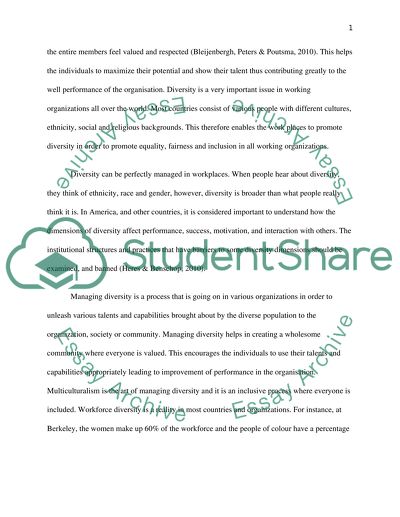Cite this document
(“Contemporary personnel perspectives Essay Example | Topics and Well Written Essays - 2250 words”, n.d.)
Contemporary personnel perspectives Essay Example | Topics and Well Written Essays - 2250 words. Retrieved from https://studentshare.org/sociology/1436398-contemporary-personnel-perspectives
Contemporary personnel perspectives Essay Example | Topics and Well Written Essays - 2250 words. Retrieved from https://studentshare.org/sociology/1436398-contemporary-personnel-perspectives
(Contemporary Personnel Perspectives Essay Example | Topics and Well Written Essays - 2250 Words)
Contemporary Personnel Perspectives Essay Example | Topics and Well Written Essays - 2250 Words. https://studentshare.org/sociology/1436398-contemporary-personnel-perspectives.
Contemporary Personnel Perspectives Essay Example | Topics and Well Written Essays - 2250 Words. https://studentshare.org/sociology/1436398-contemporary-personnel-perspectives.
“Contemporary Personnel Perspectives Essay Example | Topics and Well Written Essays - 2250 Words”, n.d. https://studentshare.org/sociology/1436398-contemporary-personnel-perspectives.


